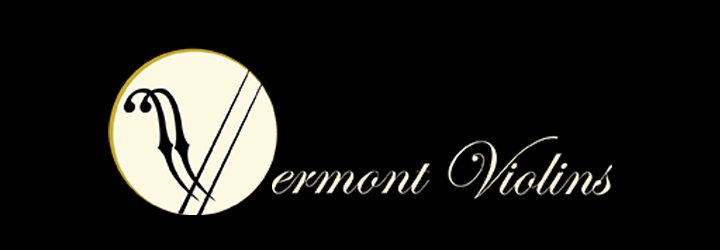Modern Bow Materials
Why Carbon-Fiber?
“Why should I choose a carbon-fiber bow?”
“Isn’t a wood bow the standard, especially for a wooden instrument?”
CodaBow and Carbon Parts Originator Stan Prosen
Whereas wooden bows have been used on strings instruments as early as the Islamic civilization in the 10th century, carbon-fiber bows only began to appear a few decades after high-tensile strength carbon-fiber was invented. CodaBow founder Stan Prosen had developed some of the earliest carbon-fiber parts with inventor Dr. Roger Bacon and had found in his early research a profound resonance in the new material. After years of testing and creating prototypes, early CodaBow bows had entered the market, and other music companies had begun developing their own versions to compete. Today, dozens of companies produce carbon-fiber bows in a large range of styles, price ranges, and instruments. With so many options on the market alongside wooden bows, most people return to the question
“Why should I buy a carbon-fiber bow? What are the advantages?”
Carbon Fiber is certainly not for everyone, but it offers unique features that can be hard to match in a wood bow.
An inside look at a CodaBow Carbon-Fiber Bow
photo courtesy of CodaBow.com
Durability
Wood swells and contracts on a daily basis, is susceptible to warping, fragile to breaking, and requires constant care and maintenance. Carbon-fiber is none of these things. Almost impervious to snapping, carbon-fiber bows maintain the shape they were made in and can be cleaned with just about any material.
This lends itself to players who perform in the most extreme of conditions. A fiddler in an Irish punk band, a cellist in a wedding quartet, or a particularly adventurous teen who loves taking his violin and practicing in the woods.
2. Price
While carbon-fiber itself is not an inexpensive material, making violin bows from this material is far more cost efficient than sourcing rare Pernambuco wood to make traditional violin bows. Where the entry-level Pernambuco bow will run more than six-hundred US dollars, lower-end carbon-fiber bows can be found for three-hundred or less. This makes carbon-fiber bows a great step-up for any students looking to get ahead with their playing, but aren’t quite ready to invest in a wooden stick.
As the price of carbon-fiber rises, so too does the tonality of the bow. The carbon-fiber density rises and the complexity of tone and agility become more complex and enabling of fine play. But while carbon-fiber bows can run into the thousands like wood bows, extremely professional bows can be had for well under $1000 and often for half that.
Given their affordability and durability, carbon-fiber bows are commonly owned by players as a back-up bow, or bow to use when the environment doesn’t warrant a wooden stick. A professional wedding player might use their wooden bow in a church wedding, but feel more comfortable with a carbon-fiber bow for an outdoor wedding, where the humidity and weather could interfere with the wooden bow’s performance.
3. Performance
Carbon Fiber bows have a different resonance than wood bows – they score far higher on the Lucchimeter gauge of tonality (a Lucchimeter is a device used by bowmakers to evaluate the tonality of bowmaking materials. The higher the reading, the faster a sound wave travels through the medium (wood or carbon fiber). This resonance makes them hyper-responsive and dynamic, with a tone quality that is different from that of wood bows. But to say they are “different” does not mean they are inferior, but there are many professional players who exclusively use carbon-fiber bows and swear by their performance likening the latest bows to meeting and even exceeding the capabilities of a wooden bow. As technology continues to improve, these bows will only get better and better.
“…let me say I LOVE IT! I’m so surprised by how light it is. It’s almost like it’s floating in my hand. It’s so light that I’ve had to consciously pay attention to it, so that I won’t drop it. I love the bite that I can get with the bow. I usually go for a heavier bow for that reason, so I can get extra traction. The bow takes care of that! It allows me to pull a nice deep and rich sound while also being able to give me the attack I need. I feel that the bow is strong enough to get attack but flexible enough for great tone!” - Cremaine Booker, thatcelloguy.com



